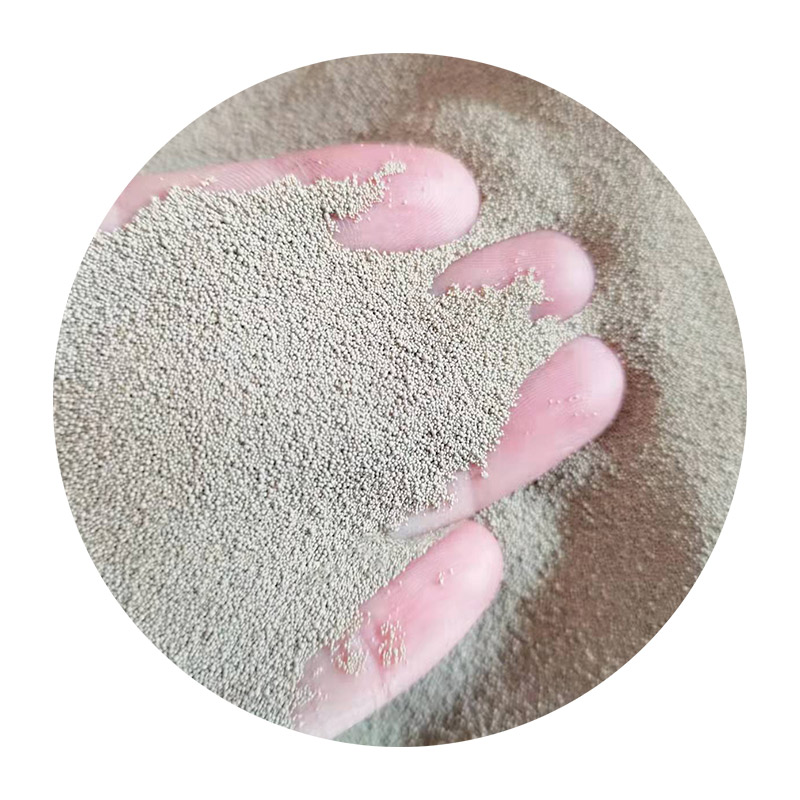Sanding resin can be a meticulous process, but with the right techniques and tools, you can achieve a smooth, professional finish. Resin is a popular material used in various crafts and projects, but its hard and glossy surface can be challenging to work with. In this article, we will cover essential steps, tips, and tools that will help you sand resin effectively.
Understanding Resin
Before diving into the sanding process, it's crucial to understand what resin is. Resin comes in two main types epoxy and polyester. Both types are used for different applications, from crafting jewelry to coating tables. The hardness of cured resin varies depending on the type and thickness, making it a rewarding yet challenging material to work with.
Tools You’ll Need
To sand resin effectively, you'll need a few basic tools
1. Sanding Blocks These provide a firm base and allow for even pressure while sanding. 2. Sandpaper Start with a coarser grit (around 80 to 120) and move to finer grits (up to 400 or higher). Different grits are crucial for leveling, smoothing, and polishing the resin. 3. Water Wet sanding can minimize dust and help achieve a smoother finish. 4. Masking Tape Use this to protect areas you don’t want to sand. 5. Safety Gear Safety goggles and a mask are essential to protect from fine dust particles.
Steps to Sand Resin
1. Prepare the Workspace
Begin by setting up a well-ventilated workspace. Clear any clutter and ensure you have all your tools within reach. Lay down a drop cloth to catch any resin dust and debris.
2. Protect Surrounding Areas
If you have parts of your project that you do not wish to sand, use masking tape to cover these areas
. This will help you maintain clean edges and protect any delicate components.3. Start Sanding
how to sand resin

Begin with coarse sandpaper (around 80 grit or 120 grit) to remove any major imperfections or rough spots on the resin. Sand in a circular motion or back and forth, applying even pressure. Be mindful not to sand too aggressively, as this can create deep scratches.
4. Progress to Finer Grits
Once you’ve achieved a level surface with the coarse grit, it’s time to move on to finer sandpaper. Work your way up through grits—next, use 220 grit, followed by 320 and finally 400 grit or higher. Each stage should take off some of the scratches from the previous grit, resulting in a smoother finish.
5. Wet Sanding (Optional)
For an even smoother finish, consider wet sanding. Dampen the sandpaper with water and sand the resin surface. This reduces dust and helps the sandpaper glide over the surface, resulting in a finer finish. Just ensure that the resin is fully cured before wet sanding to avoid any damage.
6. Cleaning Between Steps
After sanding with each grit, dust off the surface with a clean cloth or use compressed air to remove any debris. This prevents old particles from scratching the surface during the next sanding stage.
7. Final Polish
Once you're satisfied with the sanding, you can polish the surface. For this, you can use a buffing compound and a soft cloth or a polishing wheel. This will restore the sheen and make the resin surface glossy. Alternatively, if you prefer a matte finish, you can skip this step.
Conclusion
Sanding resin is a process that requires patience and careful technique, but it is entirely manageable with the right approach. By understanding the materials, using the appropriate tools, and following these steps, you can transform rough resin into a beautifully finished piece. Whether you’re working on a craft project or a functional item, taking the time to sand properly will make all the difference in the final appearance of your work. Happy crafting!
Post time:Noy . 24, 2024 07:39
Next:lost-foam casting
